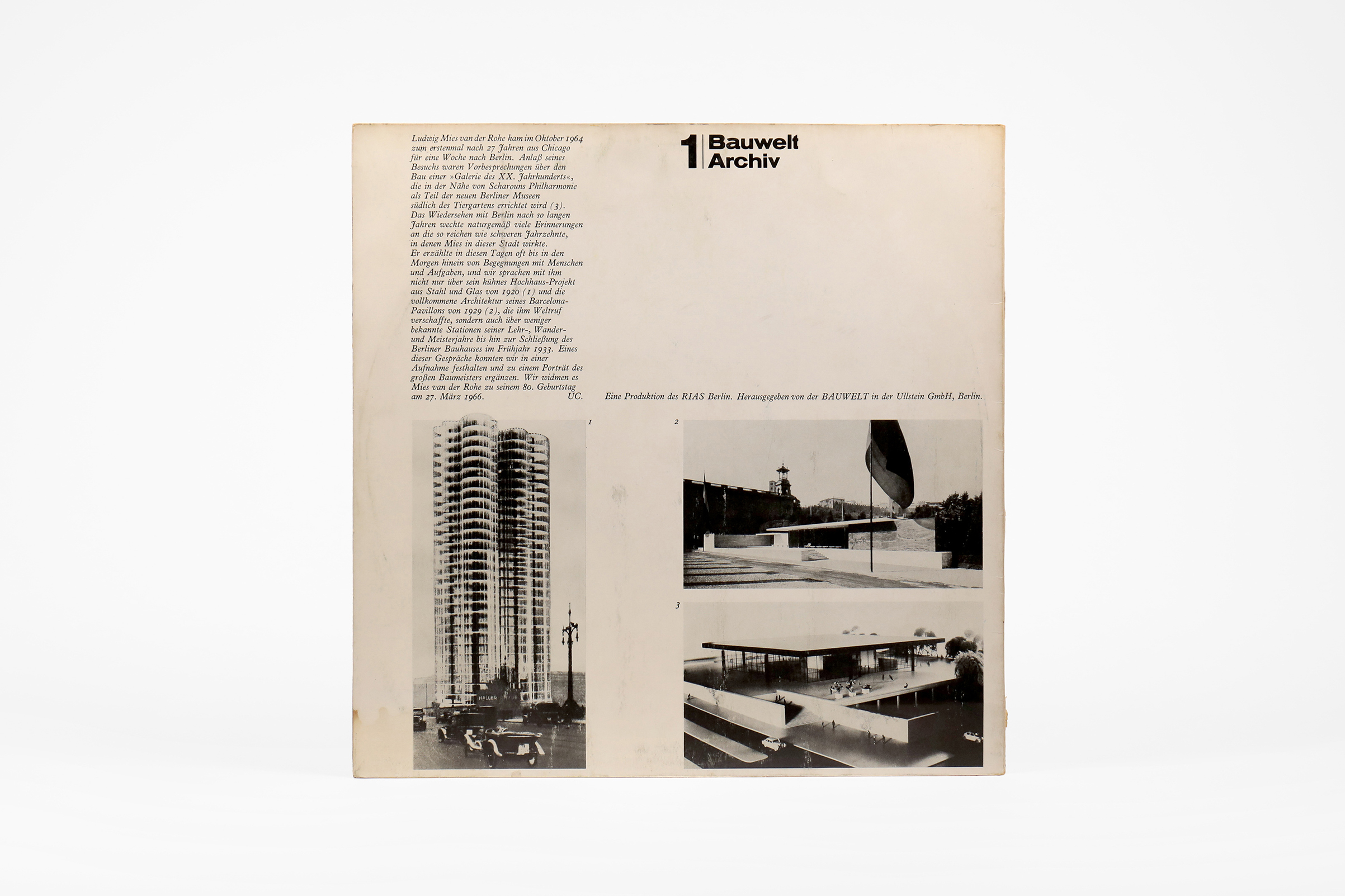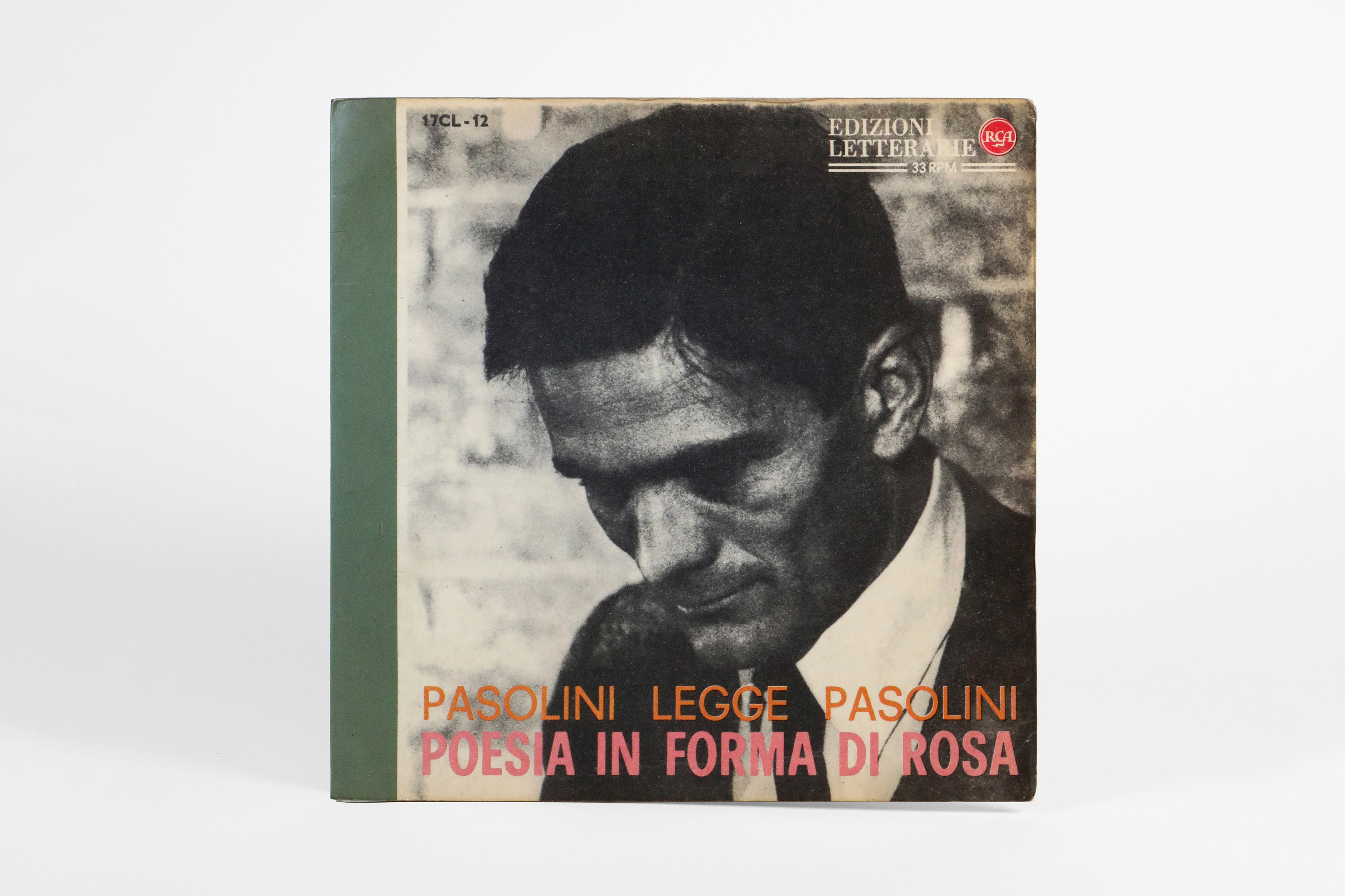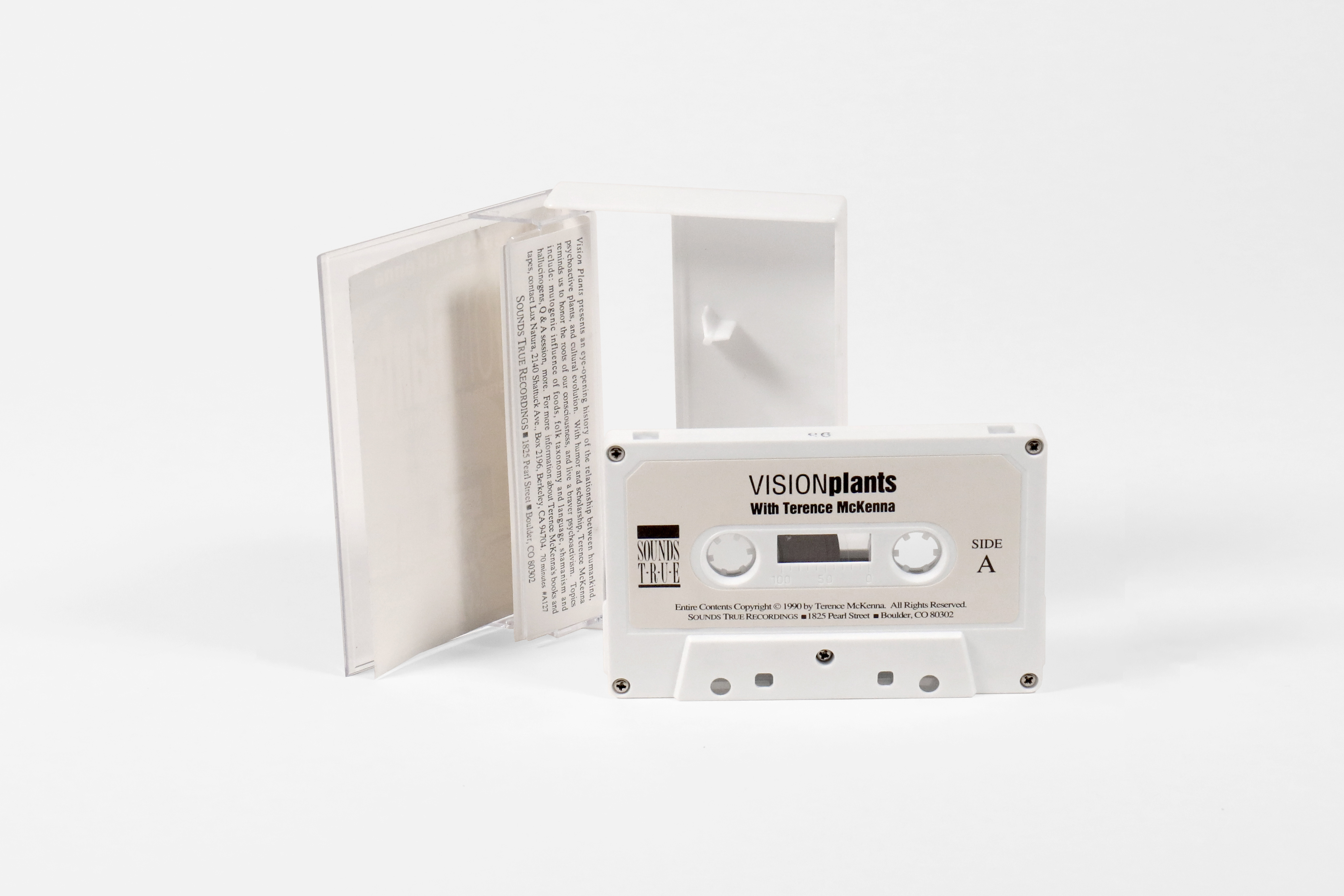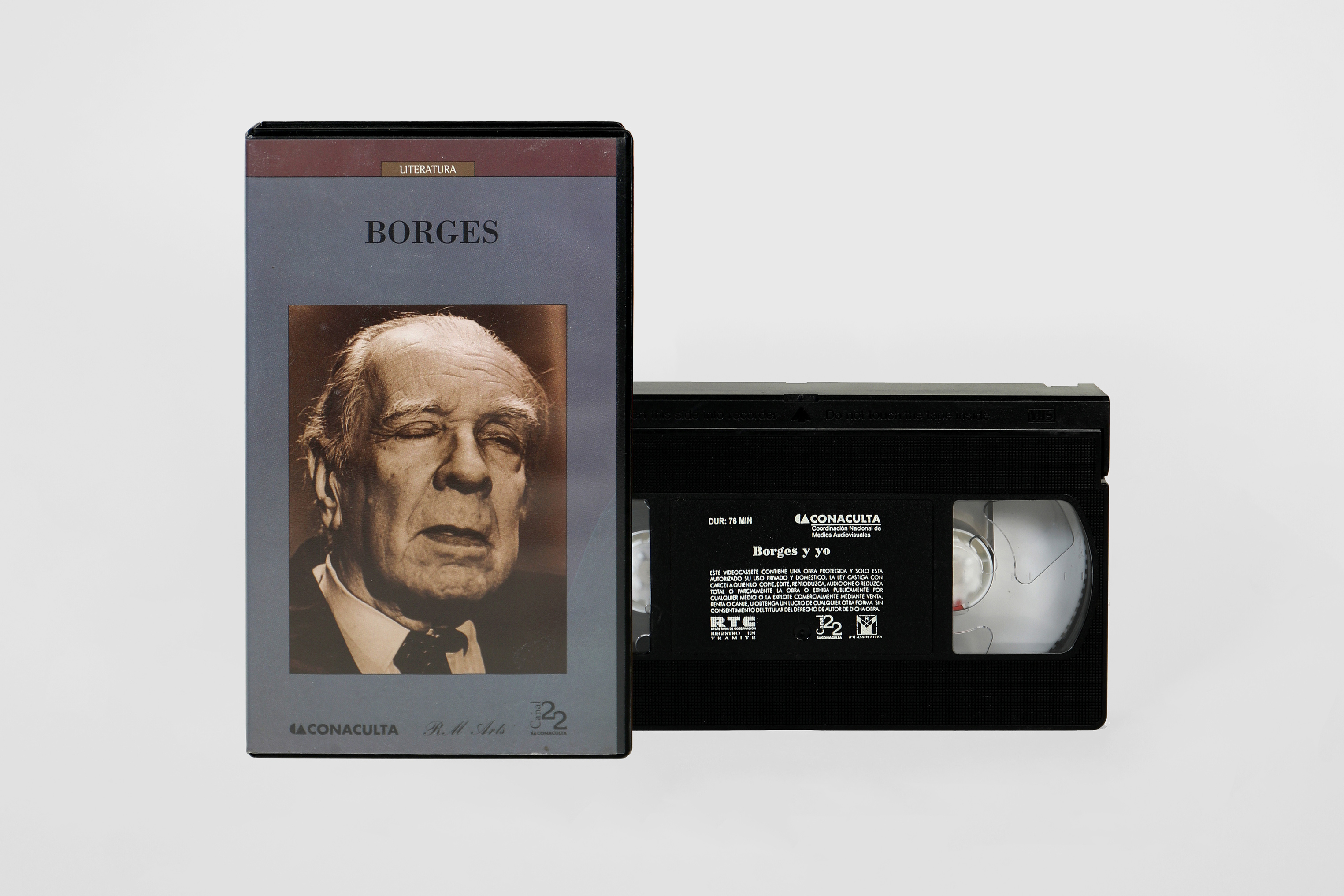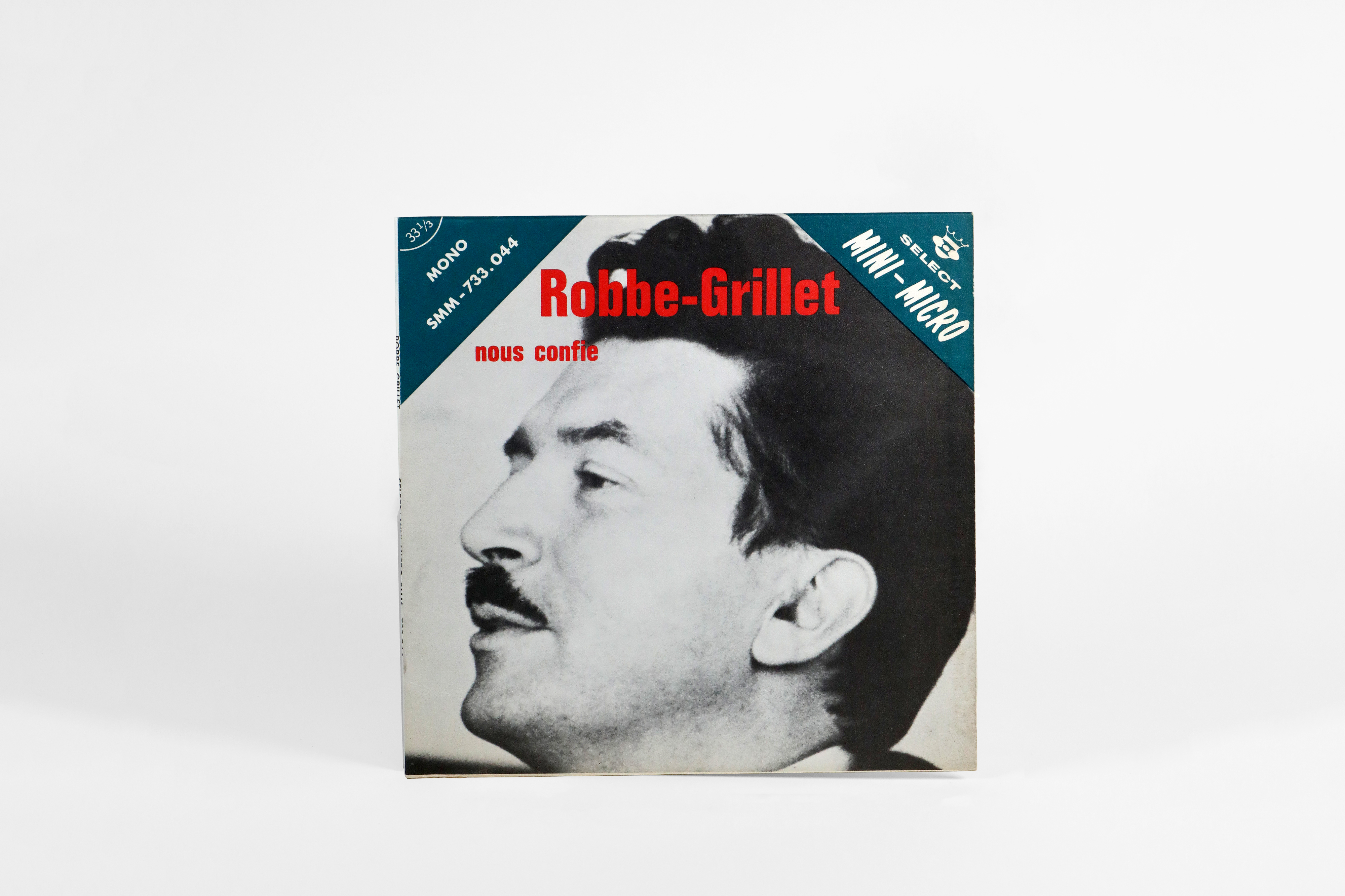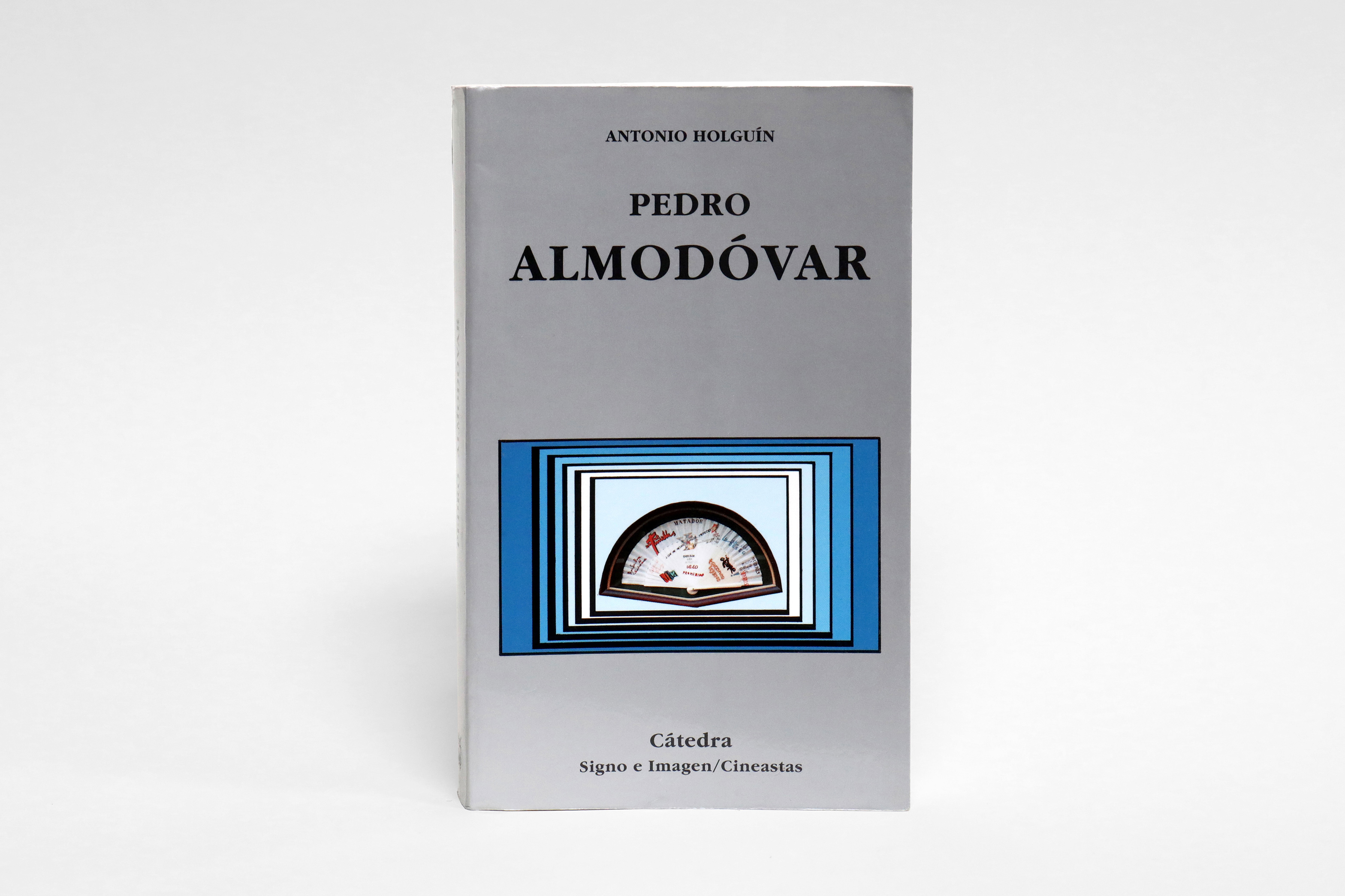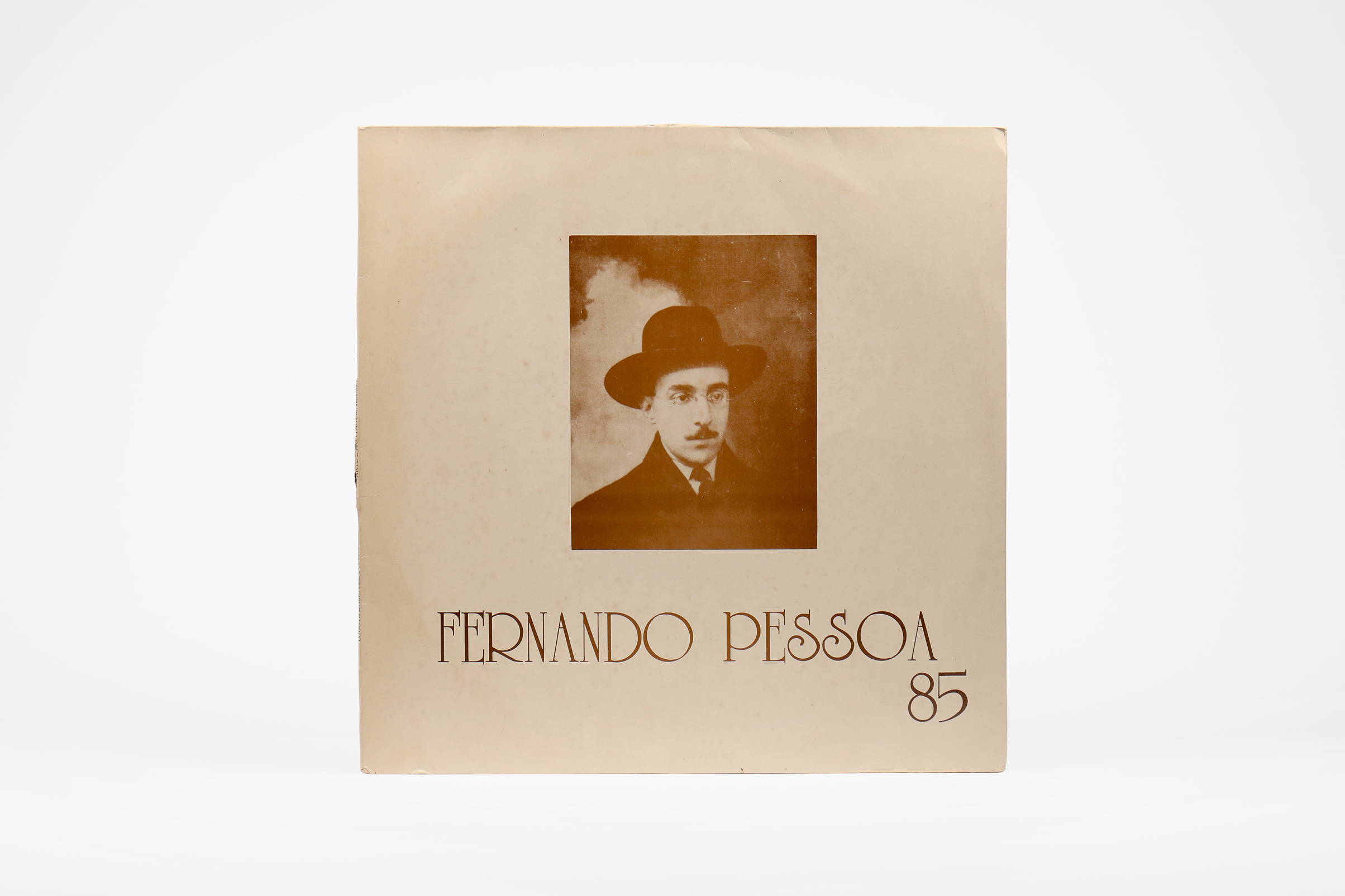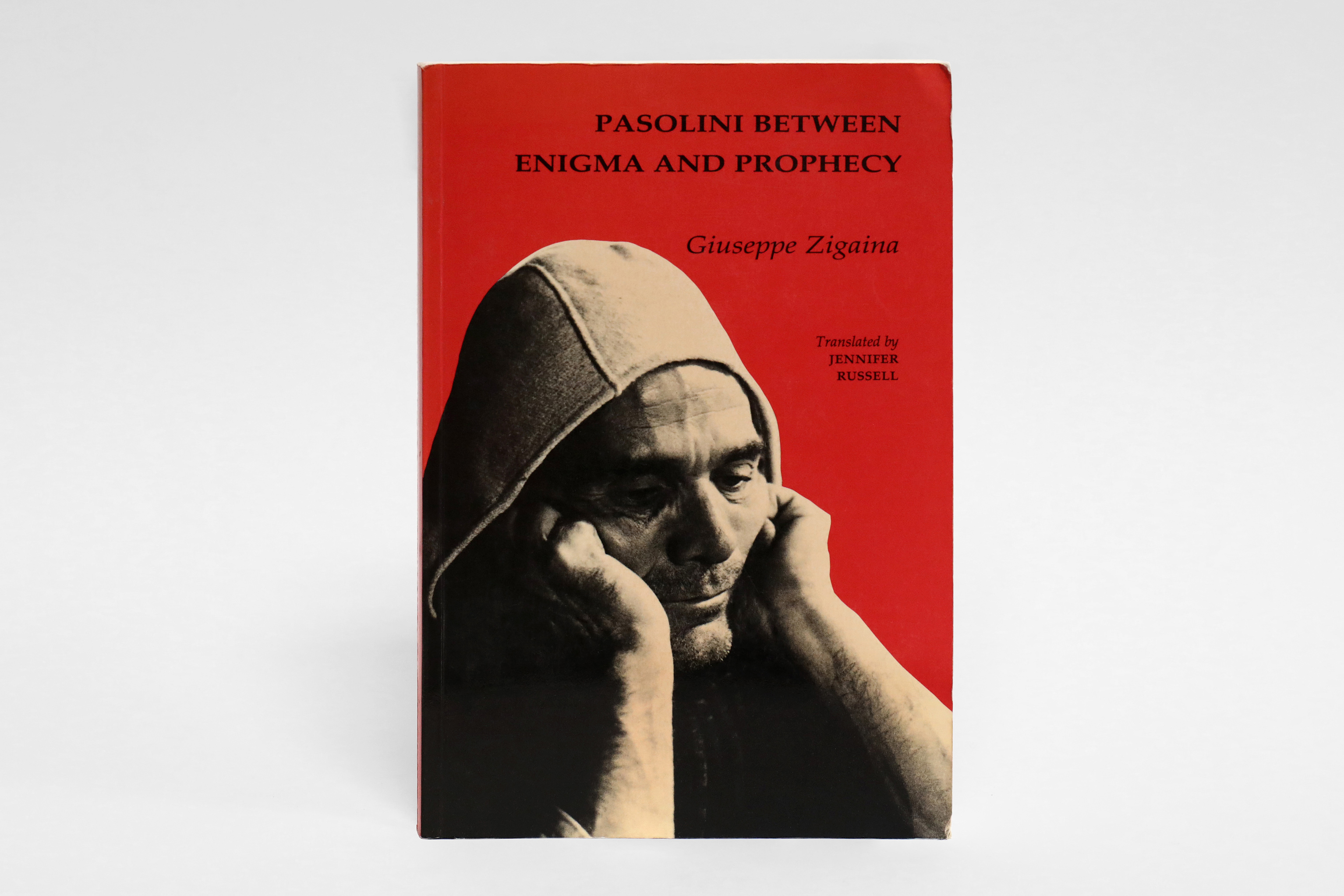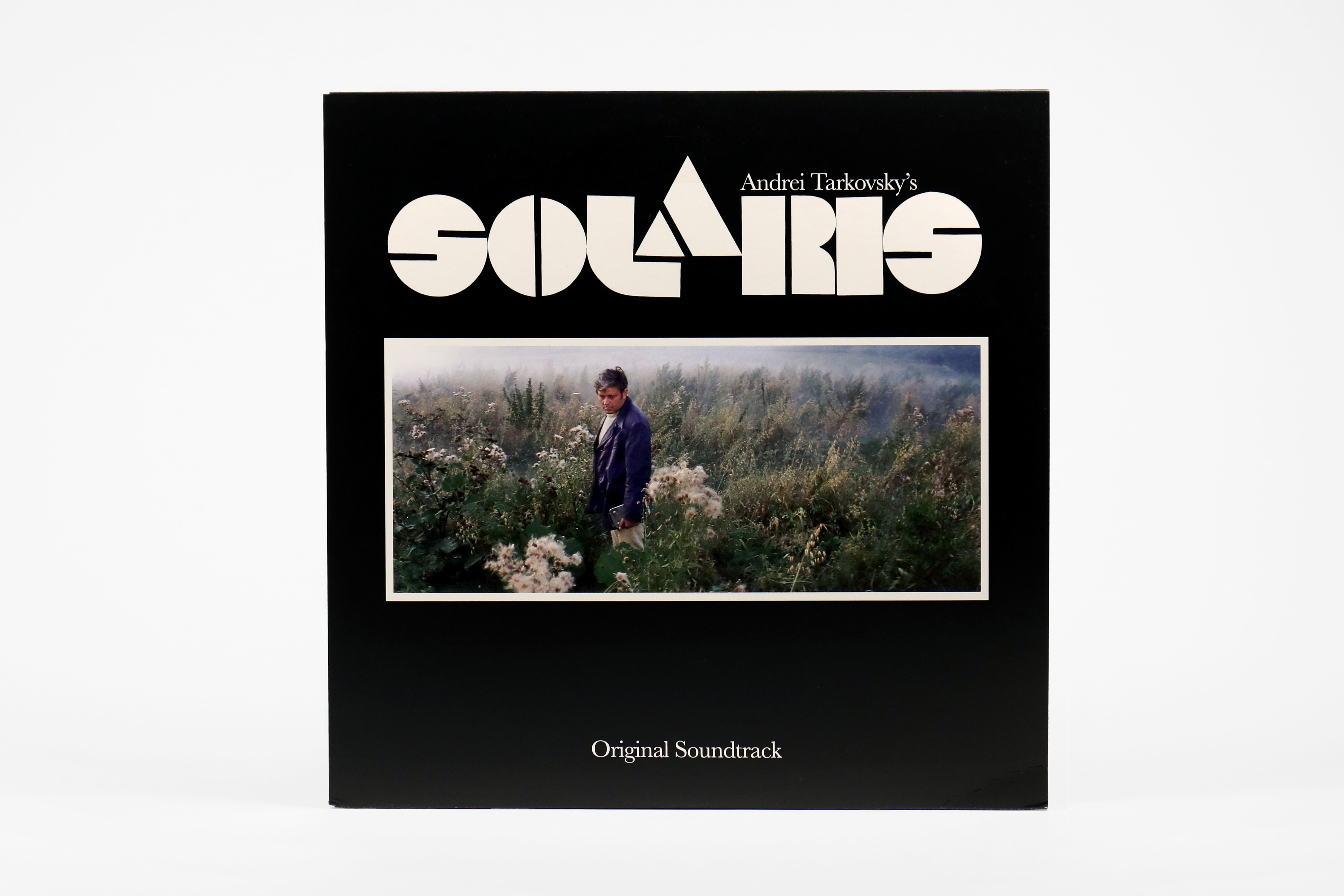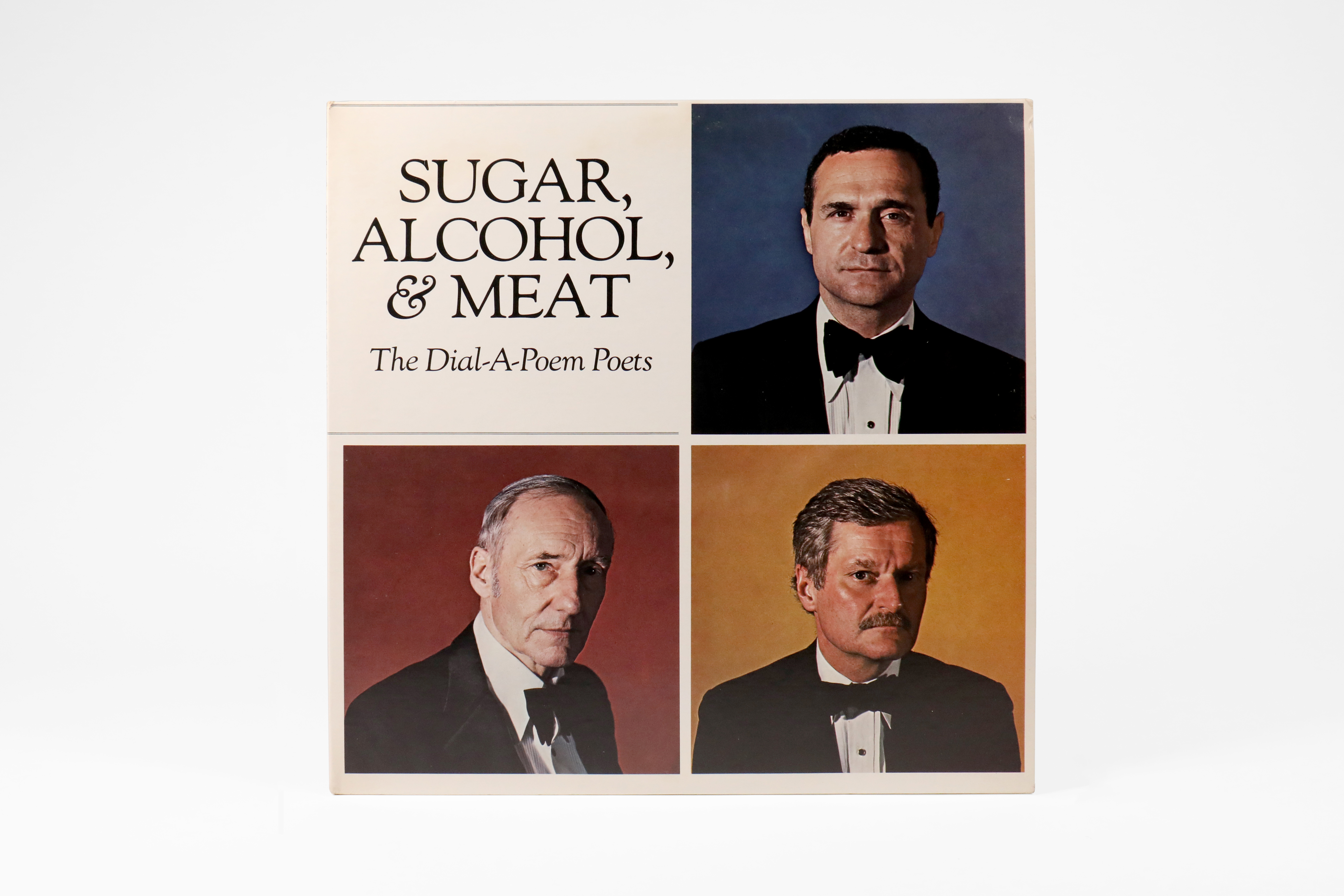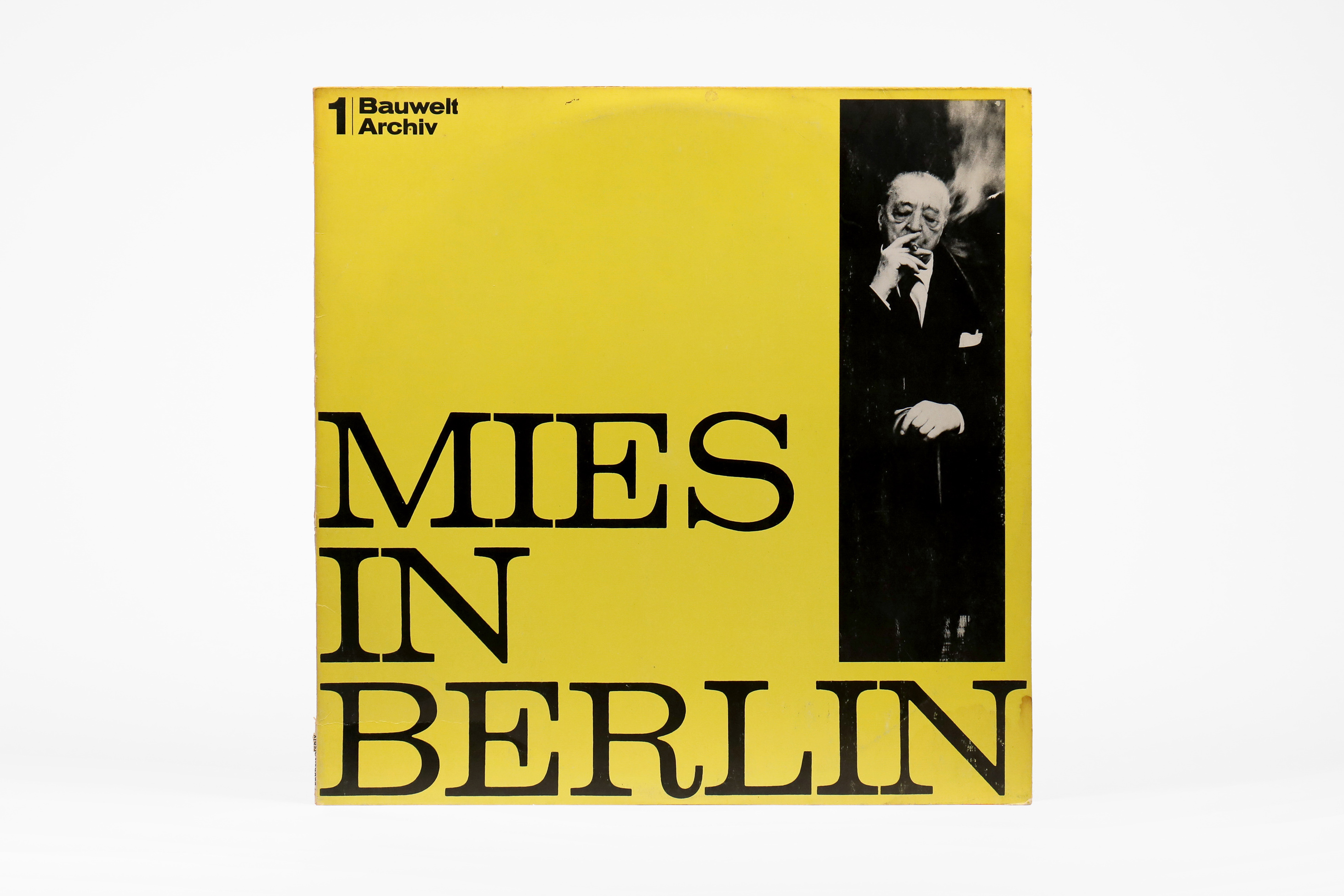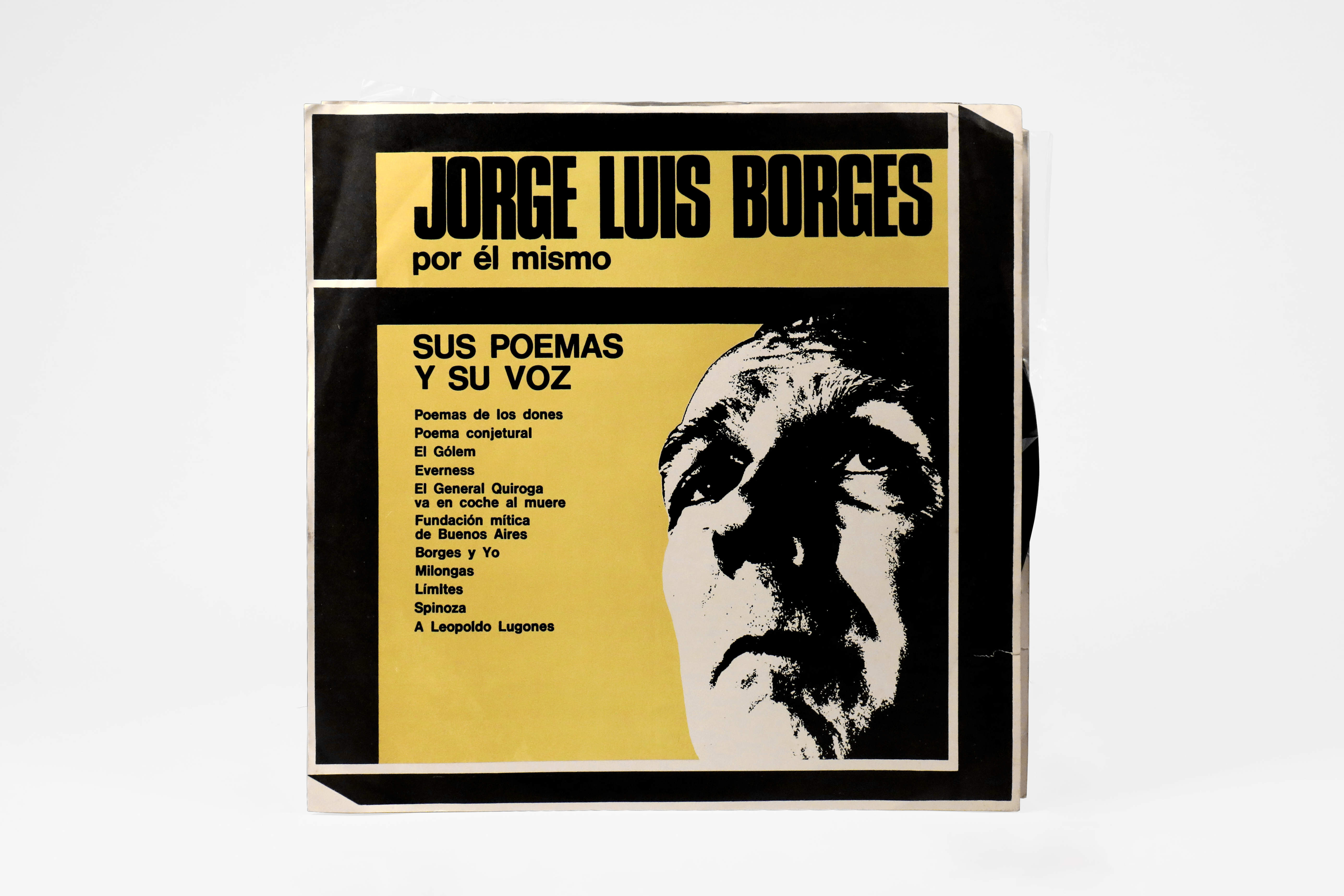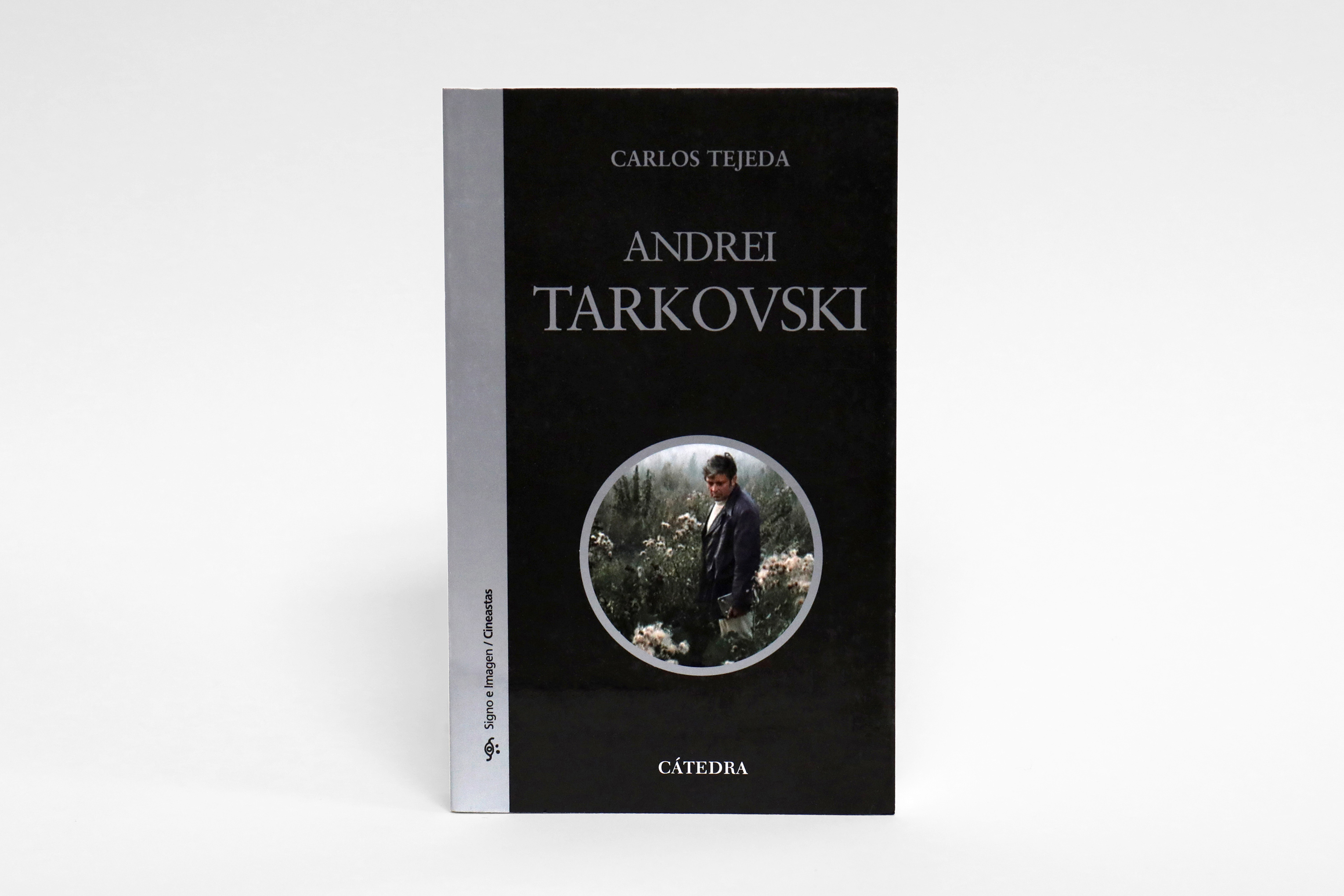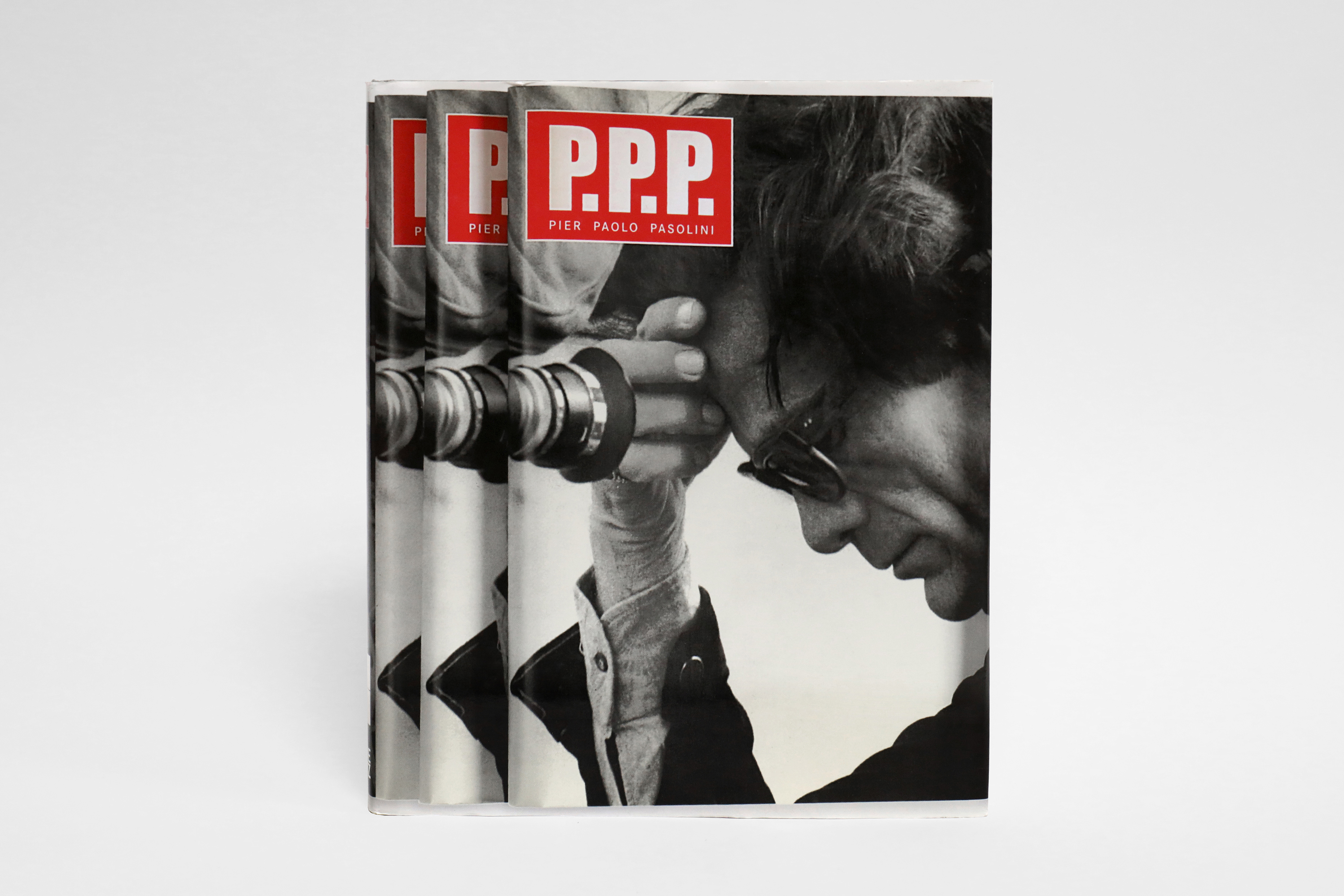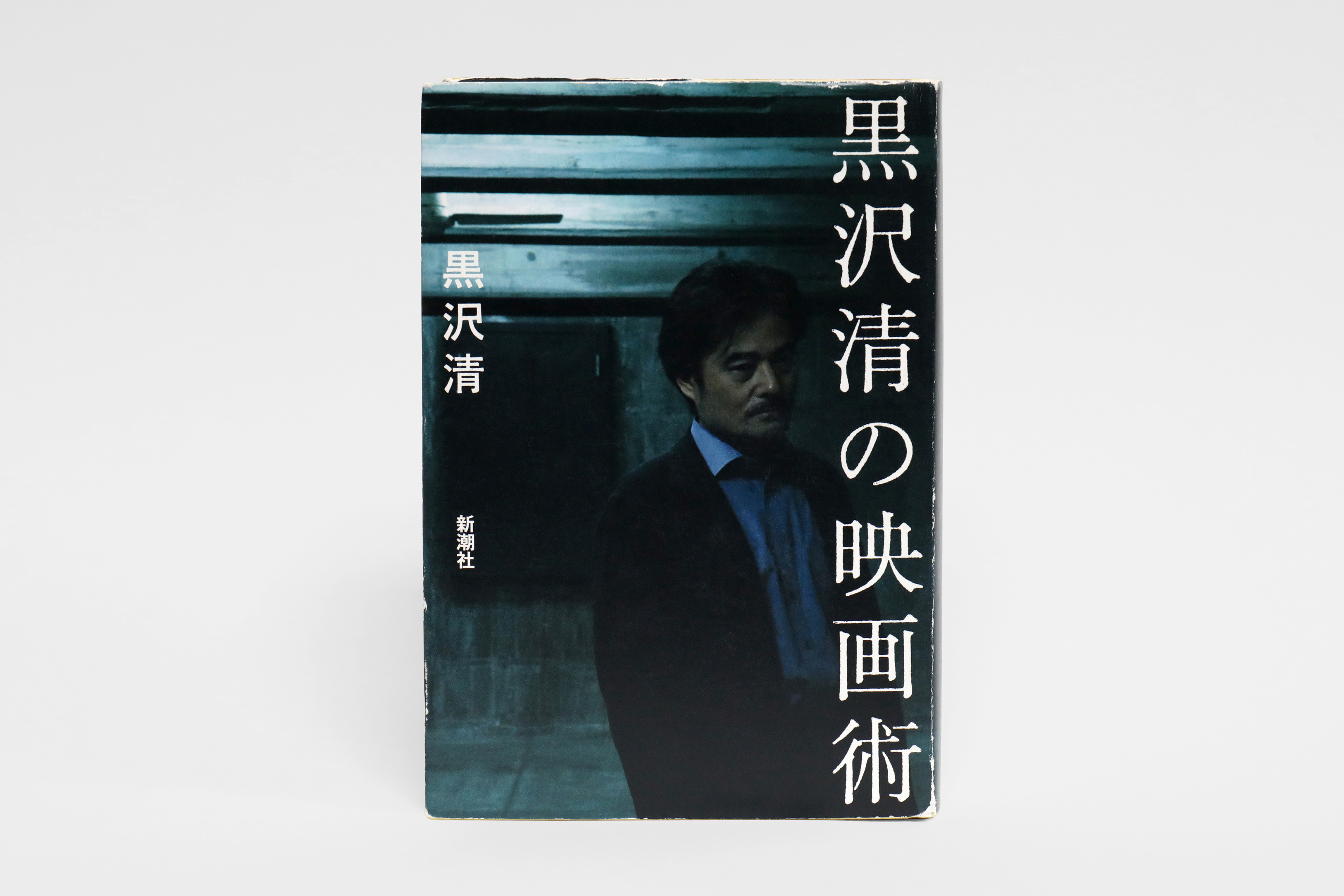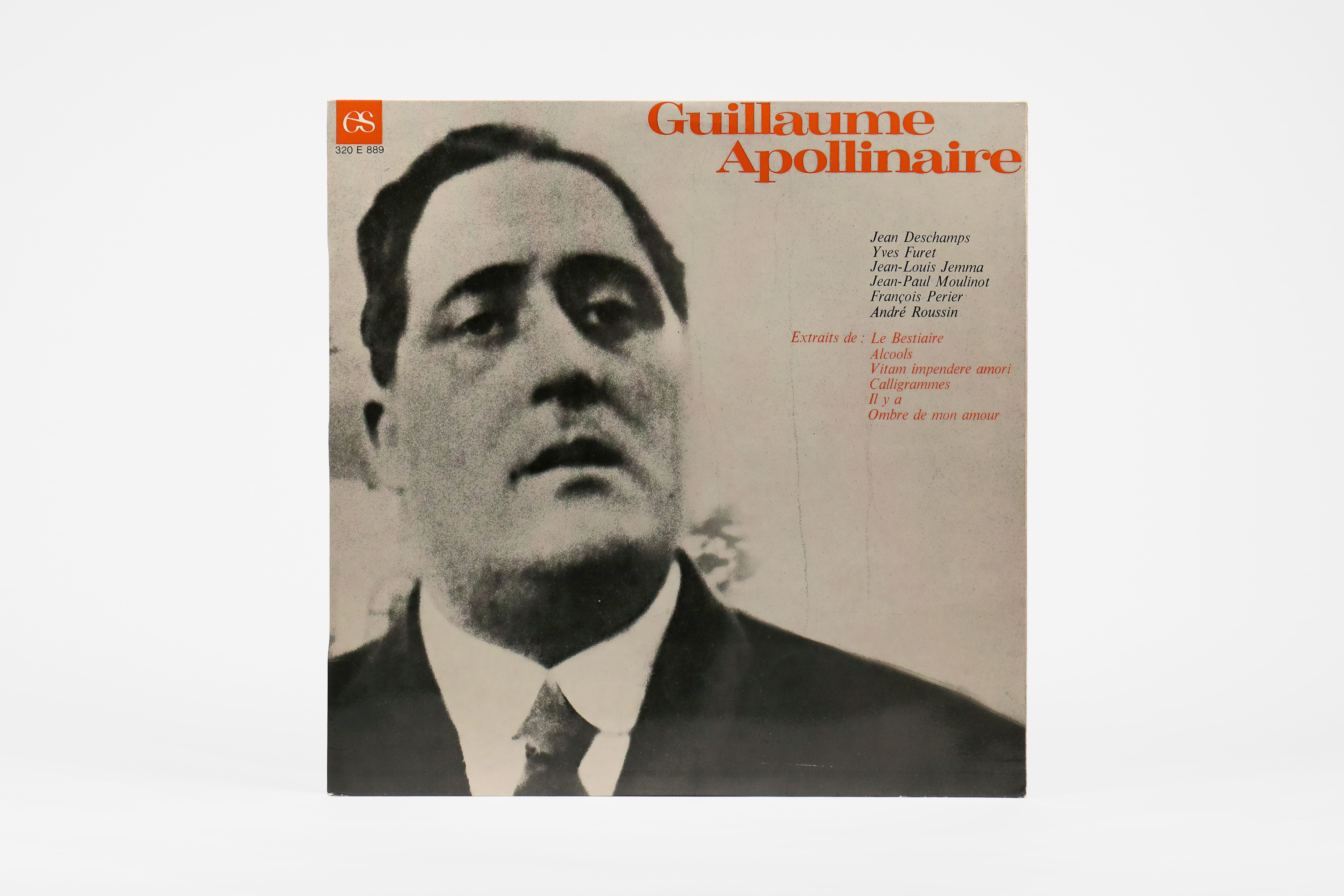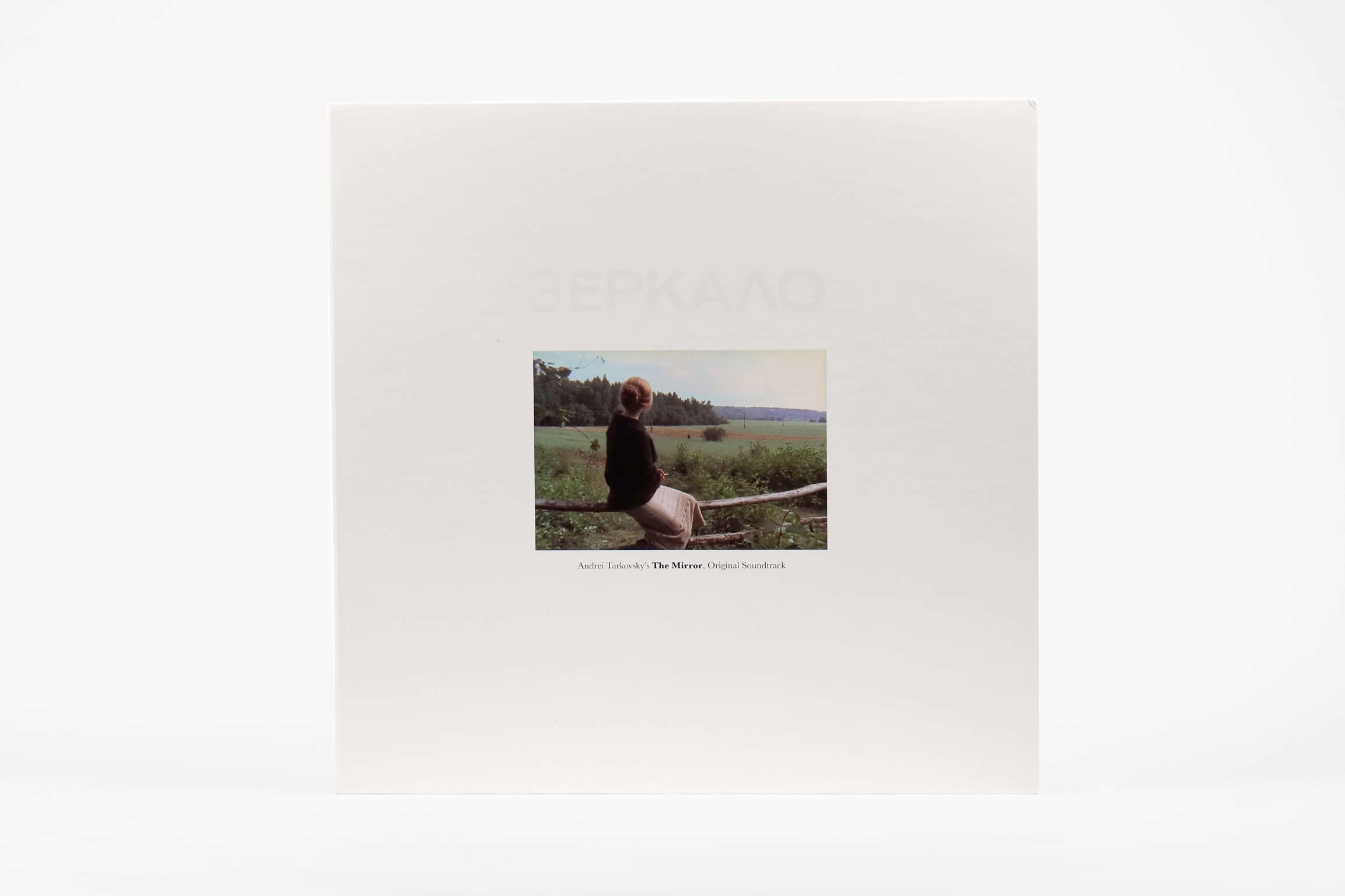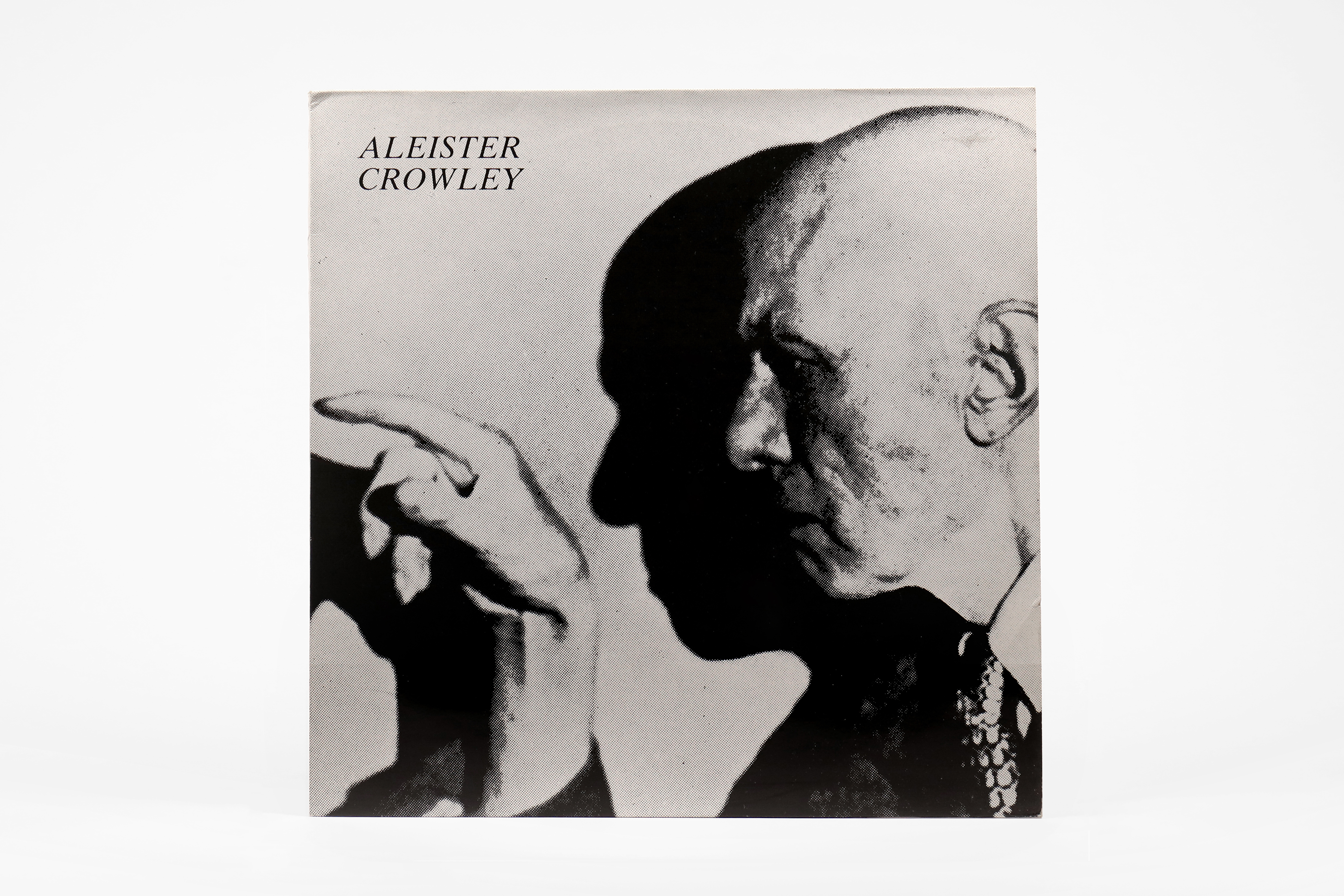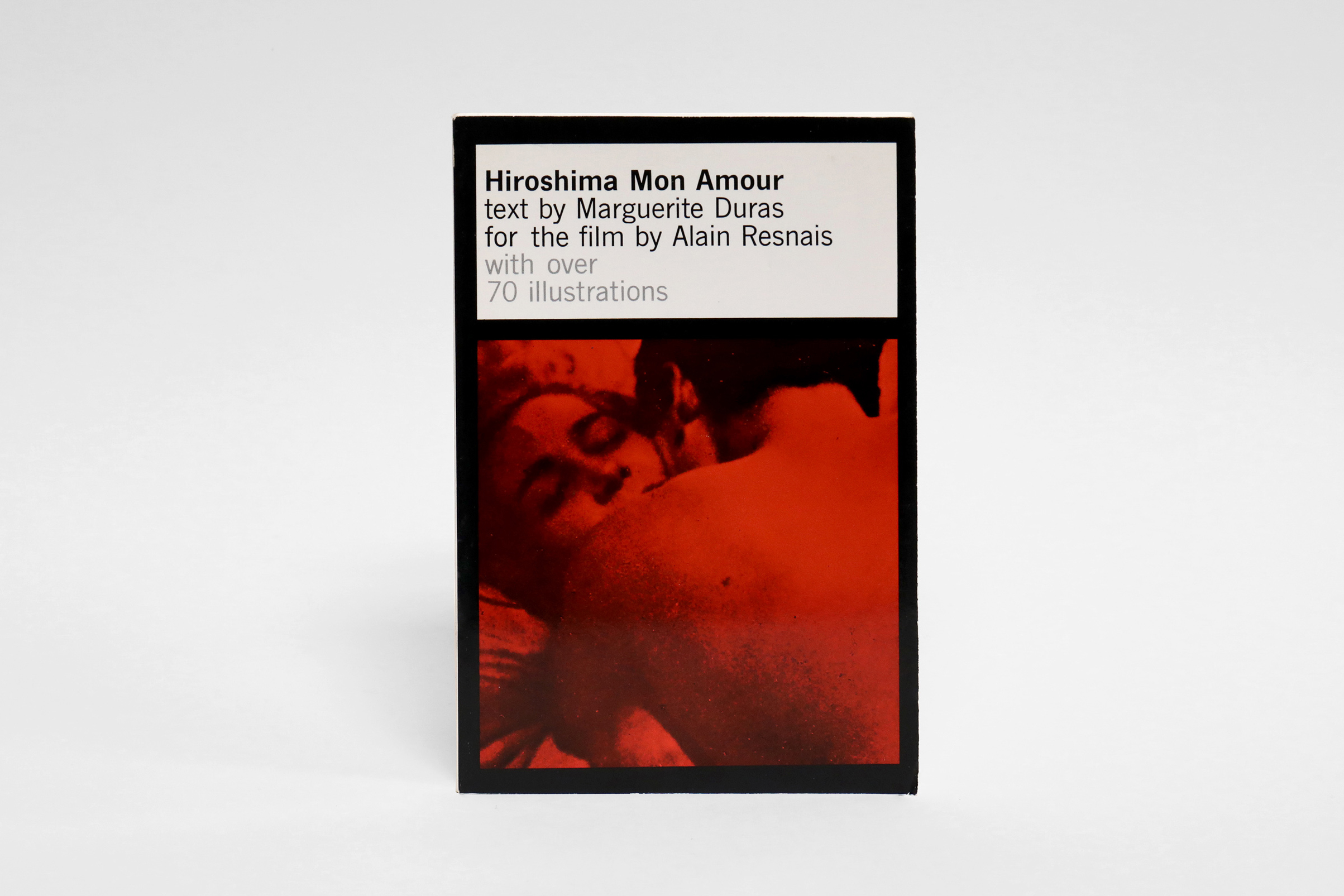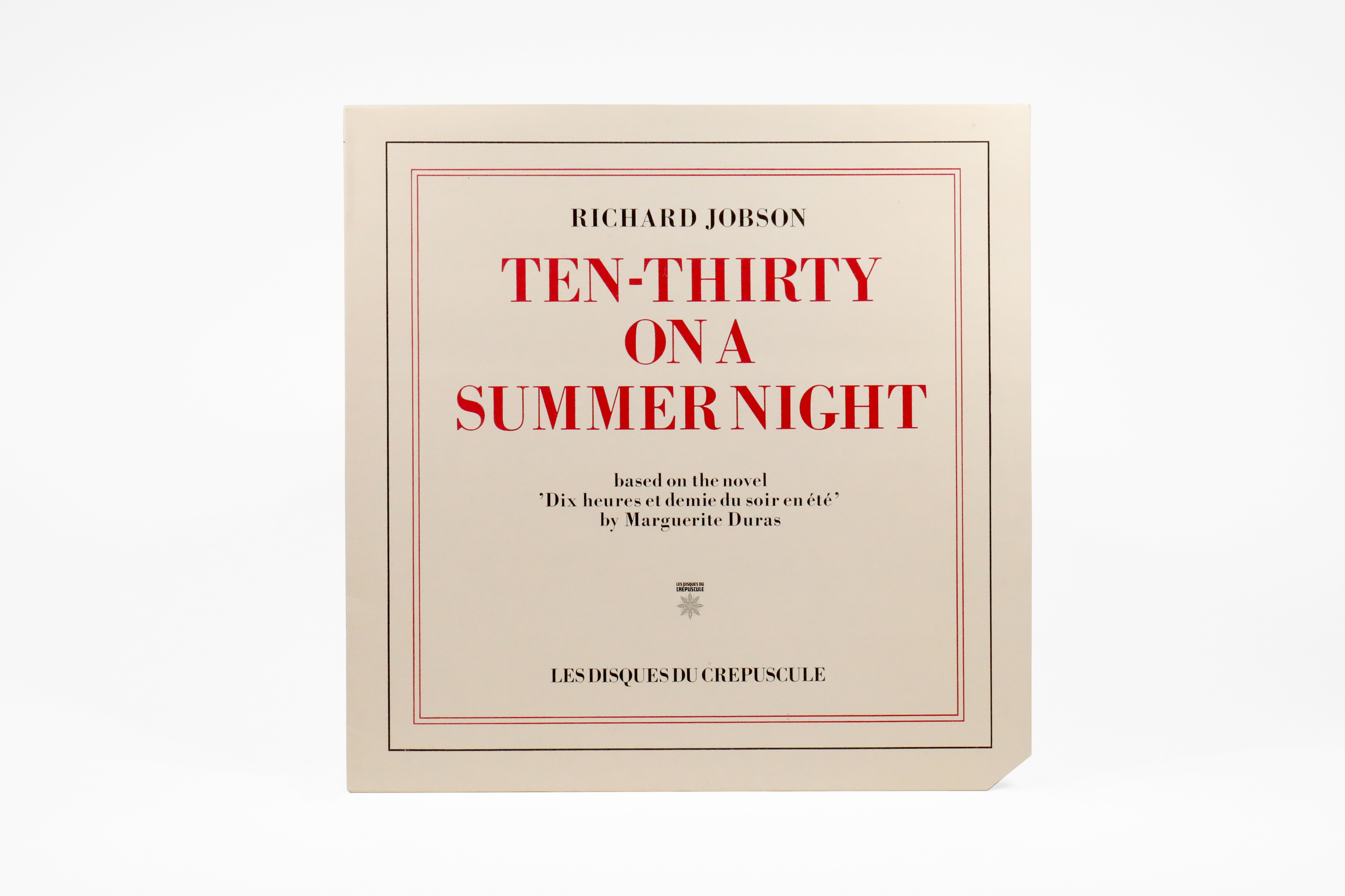The media are not toys… they can be entrusted only to new artists, because they are art forms.
(McLuhan, 1954)

Ludwig Mies Van Der Rohe
Mies In Berlin
Label: Bauwelt – Bauwelt Archiv #1
Format: Vinyl, LP
Country: Germany
Released: 1966
Genre: Non-Music, Interview
Mies In Berlin
Label: Bauwelt – Bauwelt Archiv #1
Format: Vinyl, LP
Country: Germany
Released: 1966
Genre: Non-Music, Interview
Ludwig Mies van der Rohe was a German-American architect. He was commonly referred to as Mies, his surname. Along with Alvar Aalto, Le Corbusier, Walter Gropius and Frank Lloyd Wright, he is regarded as one of the pioneers of modernist architecture.
Mies sought to establish his own particular architectural style that could represent modern times just as Classical and Gothic did for their own eras. He created his own twentieth-century architectural style, stated with extreme clarity and simplicity. His mature buildings made use of modern materials such as industrial steel and plate glass to define interior spaces, as also conducted by other modernist architects in the 1920s and 1930s such as Richard Neutra. Mies strove toward an architecture with a minimal framework of structural order balanced against the implied freedom of unobstructed free-flowing open space. He called his buildings "skin and bones" architecture. He sought an objective approach that would guide the creative process of architectural design, but was always concerned with expressing the spirit of the modern era. He is often associated with his fondness for the aphorisms, "less is more" and "God is in the details".
Mies sought to establish his own particular architectural style that could represent modern times just as Classical and Gothic did for their own eras. He created his own twentieth-century architectural style, stated with extreme clarity and simplicity. His mature buildings made use of modern materials such as industrial steel and plate glass to define interior spaces, as also conducted by other modernist architects in the 1920s and 1930s such as Richard Neutra. Mies strove toward an architecture with a minimal framework of structural order balanced against the implied freedom of unobstructed free-flowing open space. He called his buildings "skin and bones" architecture. He sought an objective approach that would guide the creative process of architectural design, but was always concerned with expressing the spirit of the modern era. He is often associated with his fondness for the aphorisms, "less is more" and "God is in the details".

